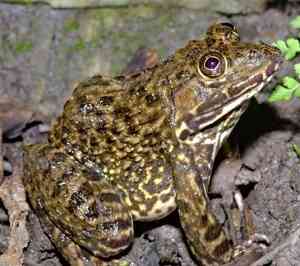
Hoplobatrachus chinensis
Hoplobatrachus chinensis,Hoplobatrachus rugulosus,Water chicken, frog, green chicken, mud frog, toad
Tiger frogs often live in water places such as rice fields, ditches, ponds, ···
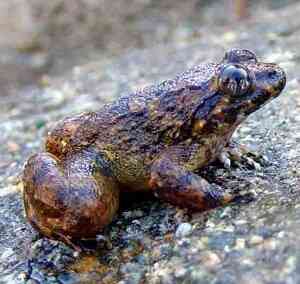
Limnonectes fragilis
Limnonectes fragilis,Fragile Large-headed Frog,Big-headed frog, crispy frog
The appearance is very similar to the Banna big-headed frog (Limnonectes ban···
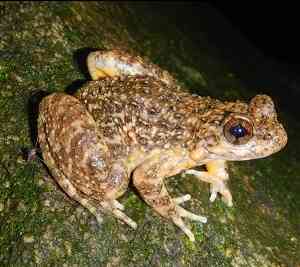
Yerana yei
Yerana yei,Anal thorn frog, Ye's anal frog
Ye's anal thorn frog is also known as Ye's bulging anal frog. Adult ···
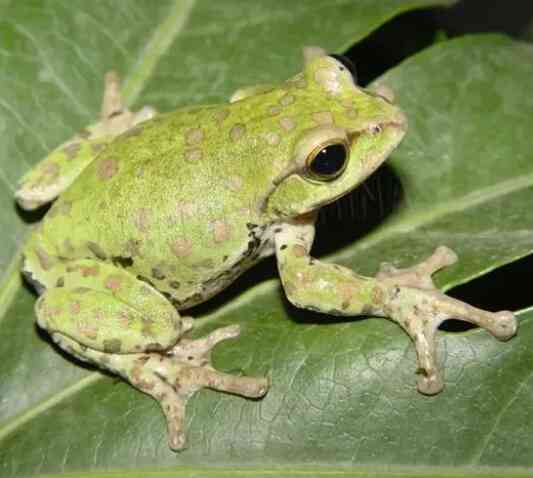
Zhangixalus hongchibaensis
Wuxi tree frog
During the breeding season from March to June, the male frog makes a "d···
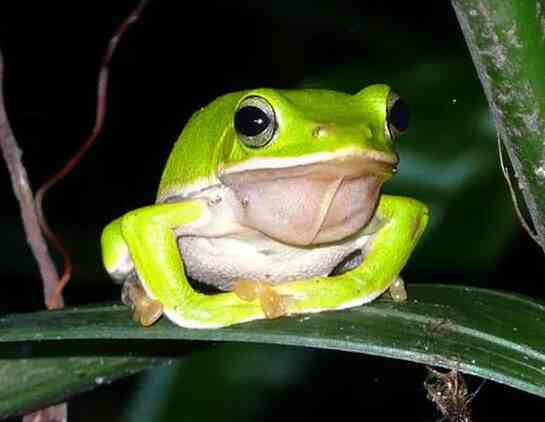
Rhacophorus laoshan
Old Mountain Tree Frog
The Laoshan tree frog is commonly found in mixed forests of secondary broad-···
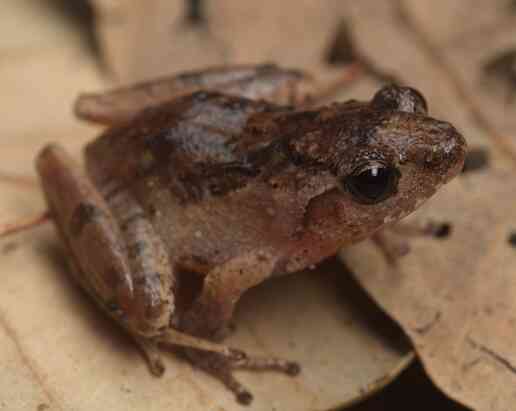
Liuixalus romeri
Romer's Tree Frog,Romer Liu tree frog
Romer's tree frog, a species of the genus Rhacophoridae, lives near the ···
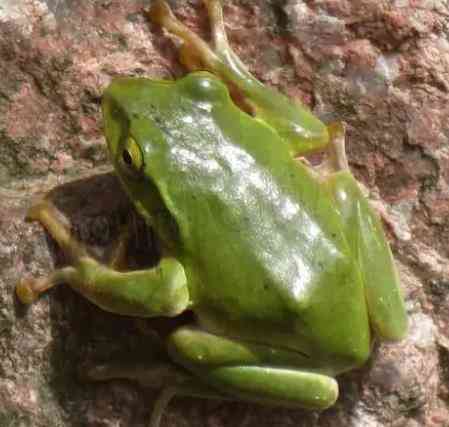
Polypedates hungfuensis
Hongfo tree frog
Hongfo tree frog is an amphibian tree frog family, with a relatively flat bo···
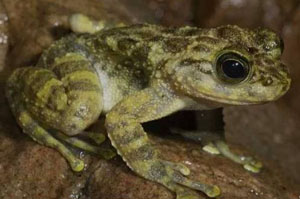
ANURA、Ranidae
ANURA、Ranidae
The Hainan torrent frog is an amphibian of the Anura order, Ranidae family, ···
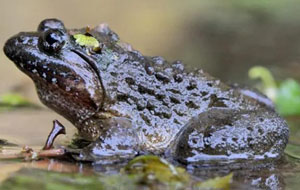
Glandirana minima
Glandirana minima,Little Gland Frog,Rana minimus
The small glandular frog is an amphibian of the family Ranidae, living in sm···
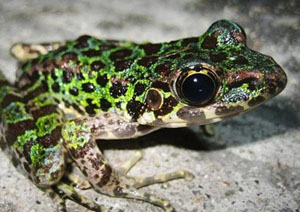
Odorrana wuchuanensis
Odorrana wuchuanensis,Tadant
The stinking frog is a general term for frogs of the genus Rhacophoridae of ···
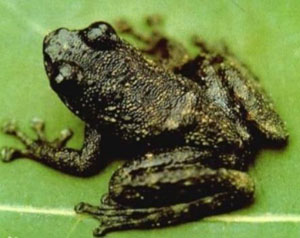
Hong Kong Turbulent Frog
Hong Kong torrent frog is endemic to China. The ecological environment quali···
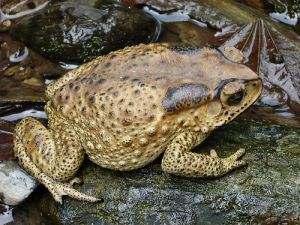
Duttaphrynus melanostictus
black-rimmed toad, toad, clam
In 2006, the phylogenetic study of amphibians readjusted the original genus ···
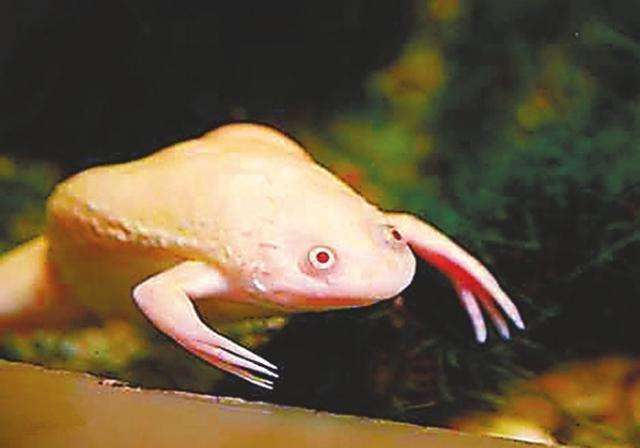
Xenopus laevis
African clawed frog, smooth clawed frog, African clawed frog
The African clawed frog is an aquatic frog in South Africa and an important ···
